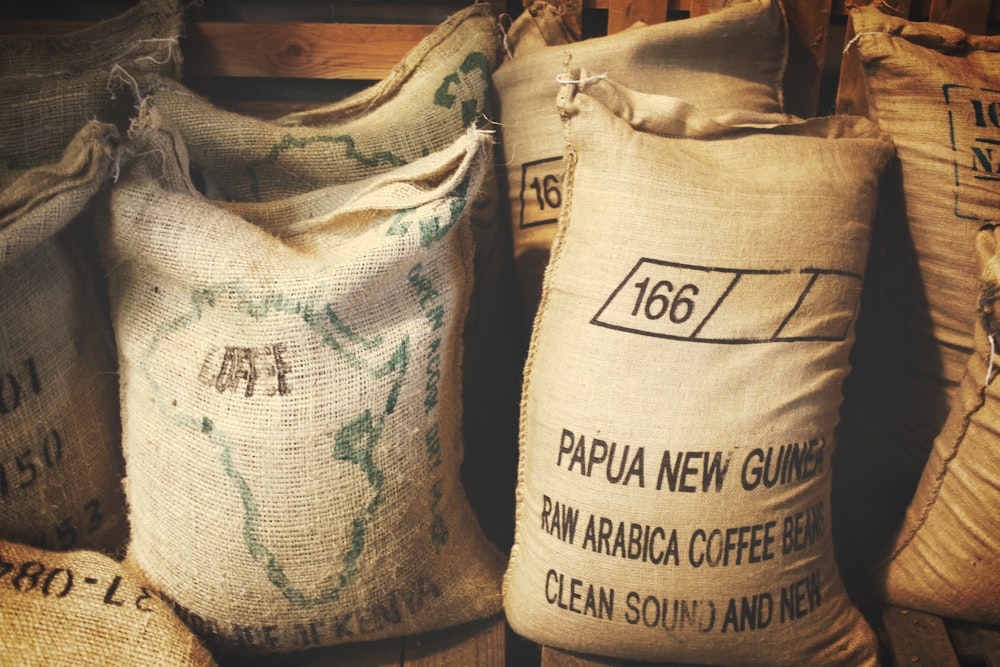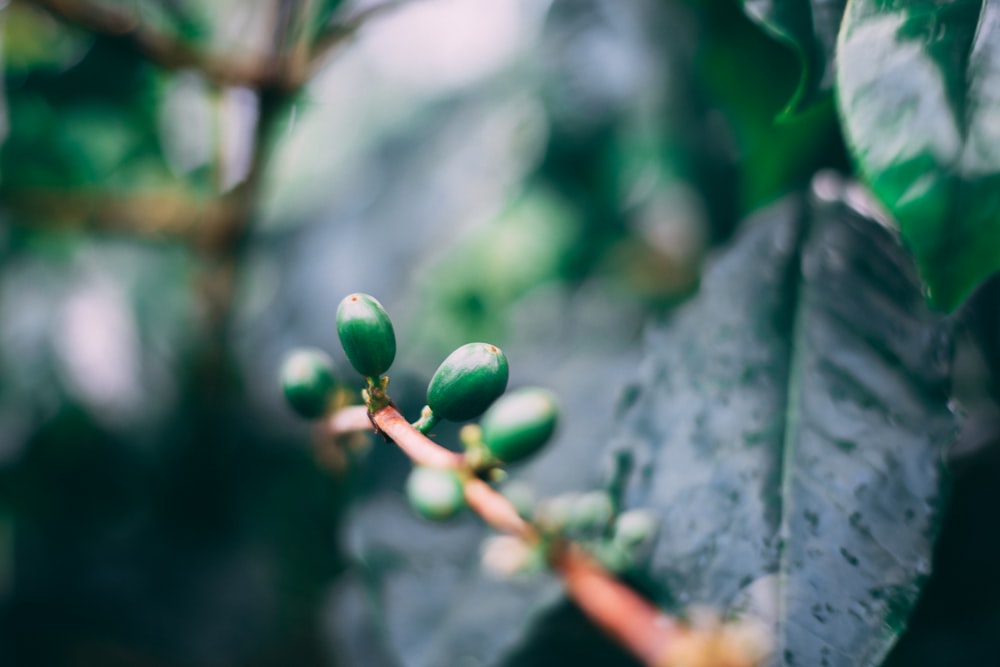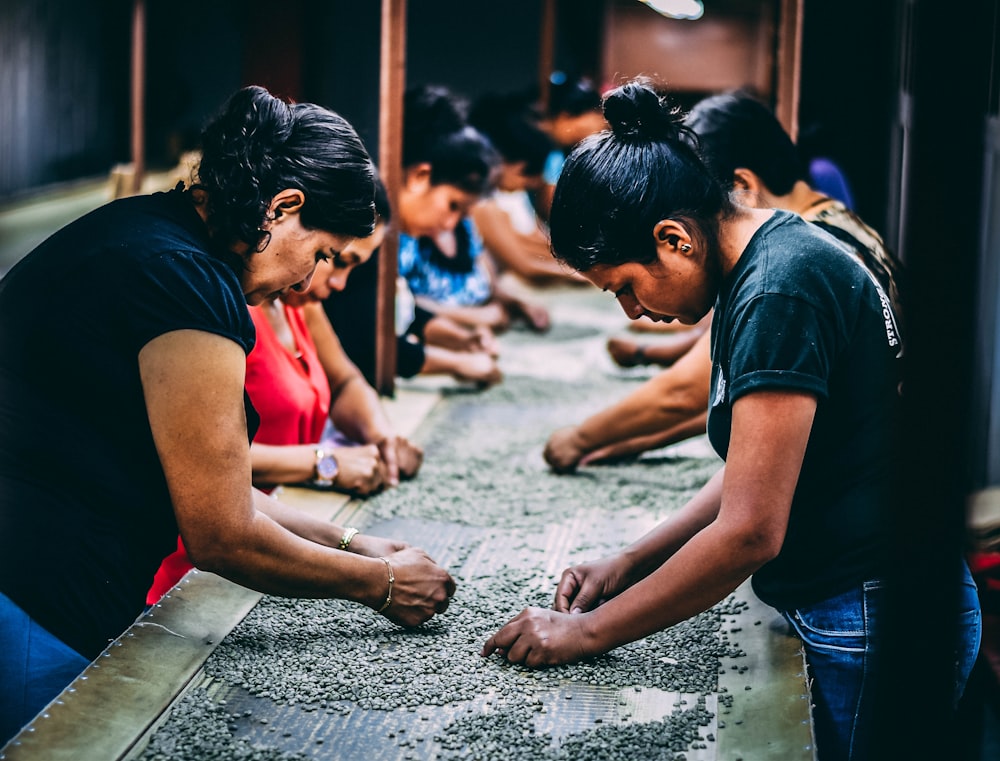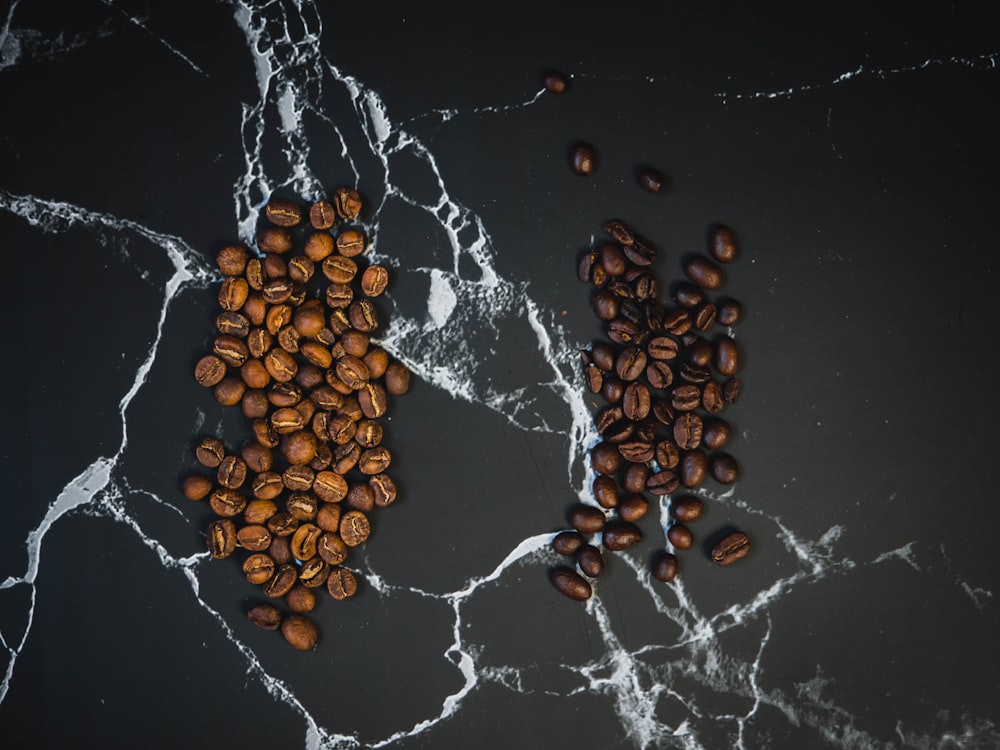Guide to types of coffee
Just like with wine, beer and whiskey, getting into the world of coffee can be intimidating. From origins, species, varieties, types and even roast and brew methods, it can seem like an unending combination of possibilities to explore.
But this same array of possibilities makes for an exhilarating journey of exploration. To help you gain a newfound appreciation of this majestic beverage, here’s a quick guide to types of coffee, varieties, origins and processing methods.

Coffee species: arabica vs robusta (vs liberica)
Most of us are familiar with arabica and robusta – the two main species of the Coffea genus. More recently, especially with the spread of the third wave of coffee culture, the arabica bean has been closely associated with superior quality. But there’s also liberica – a rarer species that has gained a footing in the region.
Making up between 60% to 80% of global production, the arabica bean is commonly accepted to be the first species of coffee to be cultivated – in Arabia as its name suggests. They tend to be sweeter and fruitier with plenty of nuanced, light flavours.
Making up the remaining 20-40% of global productions is Coffea robusta, which often has a bad rap for being more bitter and harsh. While that can be generally true, these characteristics usually lend a fuller-bodied flavour that lends it especially well to espresso and espresso-based beverages.
Robusta also contains about 2.7% caffeine by mass, almost twice of arabica’s 1.5%. Easier to grow and more productive than arabica, robusta is often used in lower-quality blends and as a component of espresso blends to provide greater flavour and crema.

While arabica and robusta make up the bulk of international coffee production and consumption, Coffea liberica is a rare and valuable species that deserves mention. Native to western and central Africa (where Liberia is), it is commonly cultivated in the Southeast Asian region, replacing the arabica species devastated by coffee rust disease during colonial times.
Coffee origins: Africa, Asia vs South America
With the rise of single-origin coffee (as opposed to coffee blends), consumers have paid closer attention to coffee-producing regions. Most of the world’s coffee is grown in a subtropical “bean belt” encompassing South/Southeast Asia, Africa, South America and the Caribbean.
Robusta is predominantly grown in Asian countries like Vietnam (the world’s largest exporter at 40%), Indonesia and India, but can also be found in Brazil, Uganda and Caribbean countries. Most strains of arabica grown worldwide are incredibly similar genetically and vary in taste depending on the terroir (rainfall, soil pH, altitude, diurnal cycles).
Coffee origins and flavour profiles

African coffee producers tend toward a lighter, fruitier taste profile. Expect to taste berries, citrus and honey in coffees from Kenya, Ethiopia, Malawi and Burundi, and even plum-like and floral notes in Rwandan beans.
For those who prefer a balance between bright and dark notes, South American beans are a good choice. Taste combinations of sweetness in the form of caramel and vanilla, predominantly in beans from Guatemala, El Salvador and Peru, alongside aromatic hazelnuts and chocolate from Mexico, Colombia, Brazil and Nicaragua.
Known as the spice islands, coffee production in Asia coincidentally features darker, spicier notes. Chocolate is a predominant flavour, especially in East Timor and India, with touches of tobacco in Java, nuts and spices in Vietnam, and even liquorice in Sumatra.
Coffee varieties: Typica vs Bourbon vs Geisha

While it’s easy to distinguish robusta and arabica just like red and white wine, knowing the subtle differences between coffee varieties can be a much more involved process.
To better understand the eclectic world of coffee, it pays to know which varieties are the most commonly consumed. The obsession with varietals comes with third-wave coffee, which usually involved arabica breeds
Typica, alongside Bourbon are ancestors of many more modern varieties we see today. They both produce high-quality, complex coffees, although Typica tends to have more acidity. Typica is most common in Central America, Asia and the Caribbean, while Bourbon is grown more in Africa and South America.

Caturra, a mutation of Bourbon that was discovered in Brazil, grows well in high elevations. It’s considered the standard when it comes to arabica for its standard yield and growth. Crossbred with Munda Novo, it produces Catuai, which adds the ability to withstand harsh weather conditions.
Another offshoot of Caturra is the Catimor, produced when bred with Timor Hybrid coffee – itself an Arabica-Robusta hybrid. This recent strain is disease-resistant and prolific in reproduction.
Typica is also responsible for several famous coffee varietals. Munda Novo itself is a cross between the two main ancestor varieties of Typica and Bourbon and is favoured for its disease resistance and productivity.

The large Maragogype in Brazil and Pache comum in Guatemala are other notable Typica breeds, but perhaps the most famous is Blue mountain. Named after the Blue Mountains of Jamaica, it is a bean with little bitterness and mild flavour and is most popular in Japan.
Owing to its recent spate of success in international brewing championships, one of the most popular types of coffee currently is Geisha, also called Gesha. Originally from Ethiopia, it is also grown in Panama. With a bouquet of floral notes, Panamanian Geisha can be difficult to grow successfully.
Coffee processing methods: washed vs natural, dark vs light roast
Apart from the genetic and cultivation differences between coffees, the processing, roasting and brewing methods will also affect the final cup. Usually processed on-site, specialty coffee is usually split into washed and natural, before shipped to a local roaster where the darkness of roast is decided.

Washed vs natural/unwashed coffee
Simply put, once picked, the beans and flesh of coffee cherries have to be dried and separated. Washed coffee production is a more modern method that separates the beans with machines before drying, resulting in a cleaner and purer taste.
Conversely, natural processing has been around for centuries (or millennia), allowing the cherries to dry and ferment around the beans before separation. This method relies on a specific, dry climate and is famously performed in Ethiopia.
Dark vs light roast
Coffee roasters then decide the darkness of roast depending on the flavour profiles. To preserve lighter, more acidic notes, they tend to lean toward a more acidic, fruity and complex flavour profile. Darker roasts have a more uniform taste that usually includes roasted nuts, caramel, chocolate and even tobacco.

A quick revision: types of coffee, origins, varieties & processing methods
Between the large families of Coffea arabica and Coffea robusta are hundreds of mutations and breeds called varietals. These breeds of coffee sometimes prefer certain terroirs, and are grown in specific regions of the world with the right climate, soil and altitude for optimal results.
After they are ripe, farmers then process coffee cherries either by washing the skin and pulp off the beans, or by letting the whole fruit dry and ferment before separation. Roasters then process the beans to tune different flavours present.
Bearing these factors in mind will definitely help you as you explore the types of coffee at your local cafe and coffee roaster, and as you brew at home or in the office.


